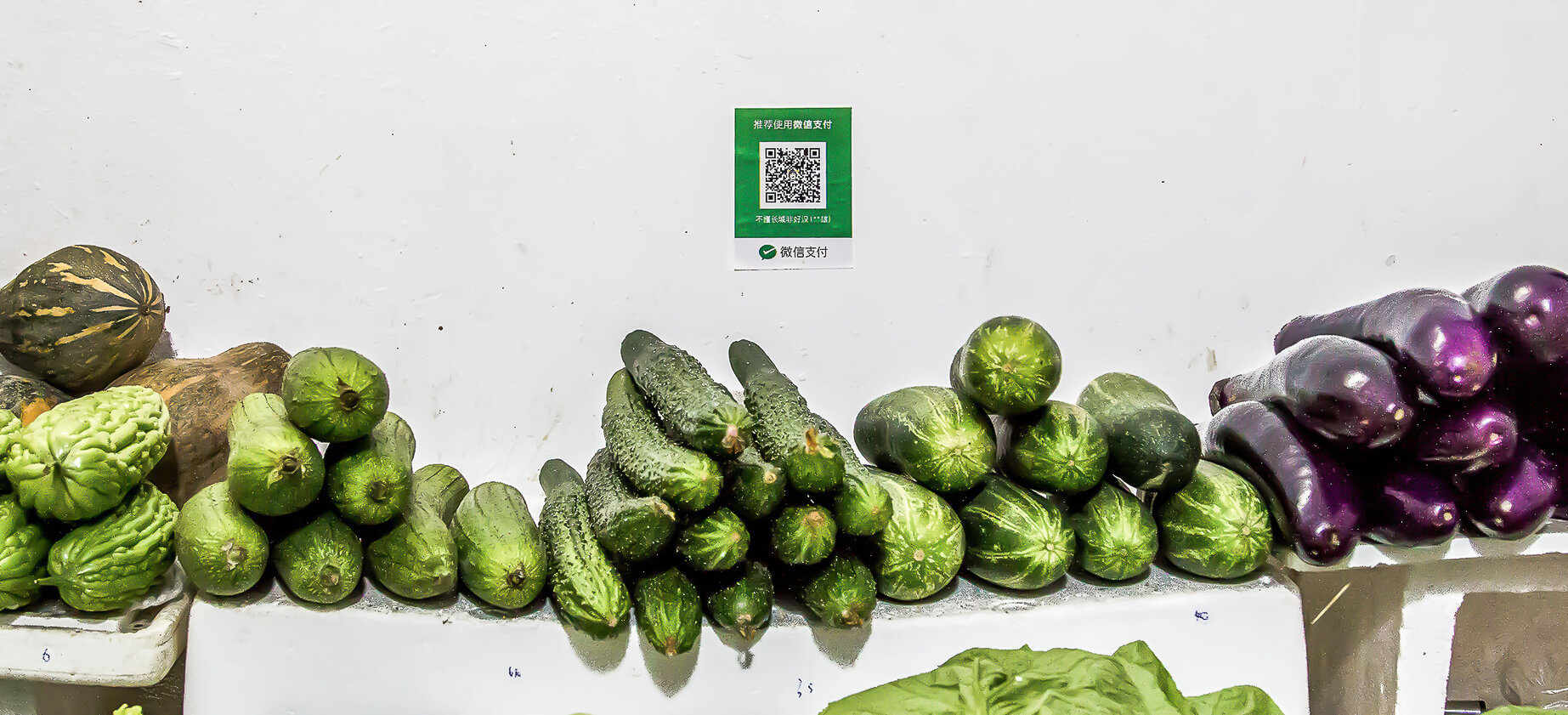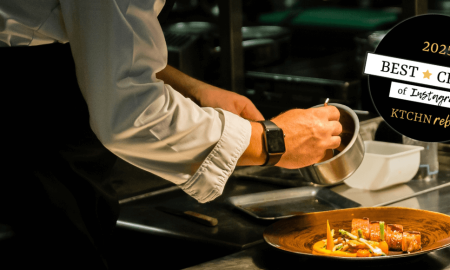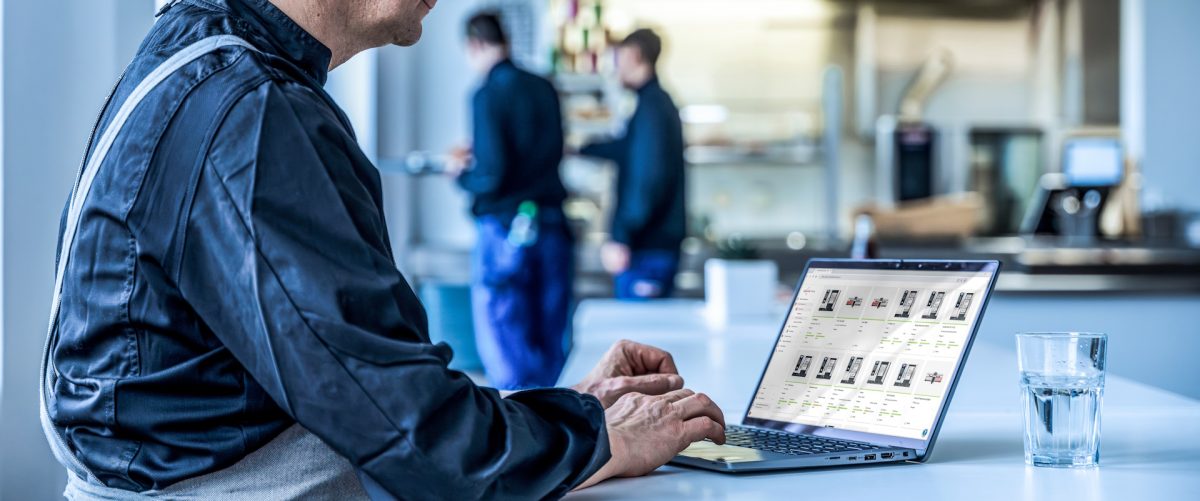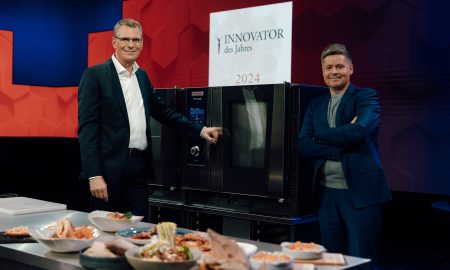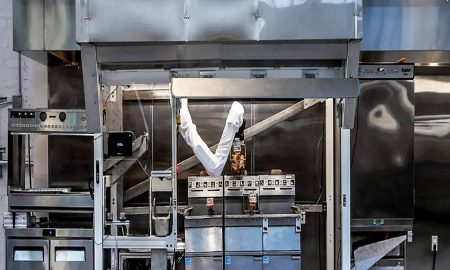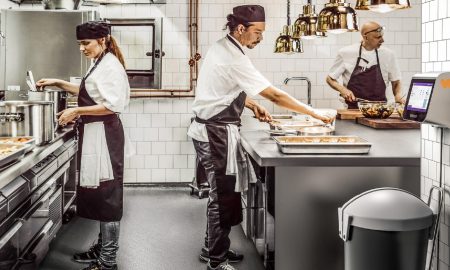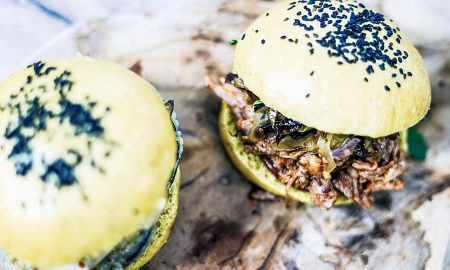Transparency is one of the biggest buzzwords of the 21st century. Our globalized, digitized, networked world is getting much too jumbled, And people are yearning for a way to keep track of it all. As Yuval Noah Harari wrote at the beginning of 21 Lessons for the 21st Century, “In a world deluged by irrelevant information, clarity is power.”
That’s especially true when it comes to food, which we necessarily have to think about every day of our lives. More and more people want to know what they’re eating, where it came from, who produced it under what circumstances, and what it contains. As a result, supermarkets and food-service establishments are faced with the often-complicated task of being able to supply that information at any time. The magic word: “blockchain”.
Blockchain as a (food) transparency driver
Blockchain is the technology behind cryptocurrency, which was originally created to replace the need for banks and other intermediaries in financial transactions.
However, the blockchain principle is slowly but steadily transforming how many other sectors are structured, including logistics, healthcare… and food.
The technology can act as a transparency driver for consumers, while also providing a variety of benefits to market participants like farmers, manufacturers, and retailers. Blockchain can be used to do anything from tracking food additives to running quality control to providing retailers with product information.
The Cologne-based company CryptoTec AG, for example, offers a “Track & Trace” process through which customers can monitor products in real time. Thanks to GSM-capable sensors and blockchain solutions, they can access a status report for an individual package at any point along the supply chain, as well as the current temperature and humidity in its location. The sensor data is transmitted to the blockchain, which keeps it safe from subsequent manipulation. The tracking system automatically links to smart contracts, ensuring that the associated delivery agreements are upheld and verified.
This makes it easy to monitor the cold chain, which is essential for foods like meat and fish – and if any part of the chain is interrupted, customers can take immediate, targeted action.
“Connecting the information dots”
Retail giant Walmart conducted an example traceback test using mangoes, and the results it obtained were impressive: without blockchain technology, it took 6 days, 18 hours, and 26 minutes to determine which farm the mangoes had originated from. With blockchain, it took 2.2 seconds.
This notion of linking information also gave rise to the idea of the Block Bird’s Chicken, developed by The Future Market, a joint project between the Alpha Food Labs platform and the New York food-design and innovation agency Studio Industries.
The concept-bird’s interactive packaging (which is based on e-ink technology in combination with IoT sensors at poultry farms) allows users instant access to any information they desire: what feed the chicken was given, any medications it received, the conditions it was kept in, its age, how and where it was slaughtered and processed, and whether the cold chain was maintained during transport.
Of course, the term “quality” has come to mean much more than freshness, especially thanks to consumers’ growing interest in sustainability and ethics. Blockchain technologies and the transparency they afford can provide even more advantages in this regard, by making it easier for shoppers to support regional producers and making the “fair trade” label actually mean something again.
The age of edible ethics
Consumers’ desire for knowledge and information increasingly implies an ethical perspective as well. In her 2019 Food Report, Hanni Rützler refers to “edible ethics rather than industrial efficiency”. Nearly all successful food-industry start-ups, she writes, reflect “edible ethics” in their online activities, their production information and their sales strategies; to Rützler, this represents a kind of “transcendence of the old industrial paradigm,” which was primarily focused on efficiency.
Besides making information readily available, digital technologies can be used to create image – and thus bolster customer identification with a brand. The data customers access via QR code or near-field communication gives them a much more concrete context – for example, linking their favorite chocolate to the South American farmers who supplied the cacao. This builds trust in the company and increases the customer’s sense of self-empowerment, which fosters brand affinity.
Finnish chocolatiers Goodio reported in early 2019 that they planned to invest five to ten million US dollars in blockchain solutions to help provide greater transparency in the cacao supply chain. The company sources its cacao beans directly from farmers in Peru, Ecuador, and the Congo, and hopes blockchain will make the cacao industry healthier and more sustainable while boosting consumer trust.
Trend forecast: food transparency
The food industry will become a transparency pioneer, because blockchain solutions will make accessing information easier and more user-friendly than ever before. Consumers will be able to use QR code readers on their smartphones to find out where their fruits and vegetables originated; before purchasing meat, one quick scan will tell them when the animal was born, whether it was vaccinated, how it was kept, and when it was slaughtered. The challenge lies in getting everyone along the entire supply chain to play along by providing the corresponding information – a form of decentralization that will automatically have an effect on power dynamics.
However, once the technology has caught on – and it will – everyone who got in on the ground floor will profit from it greatly.


